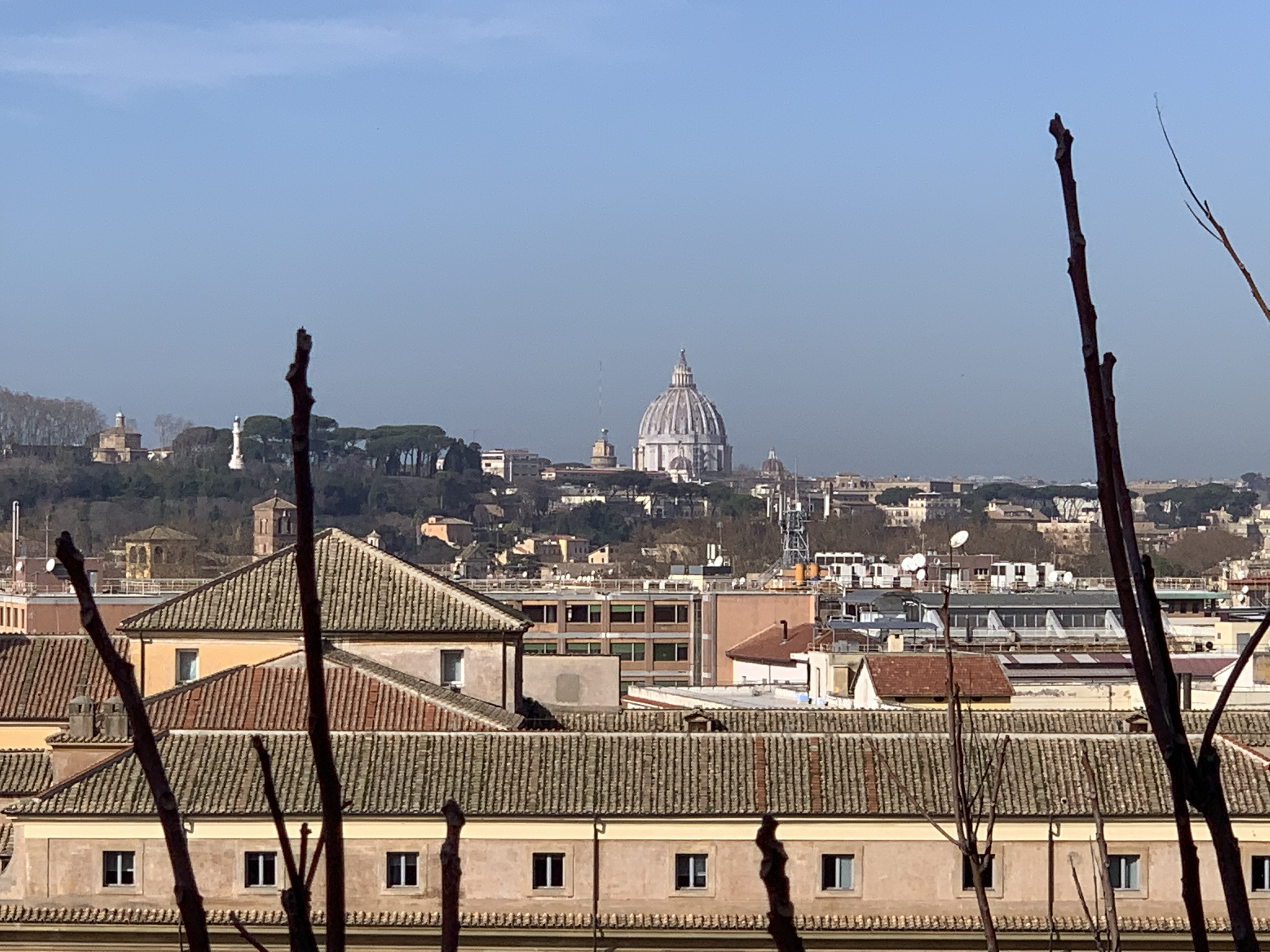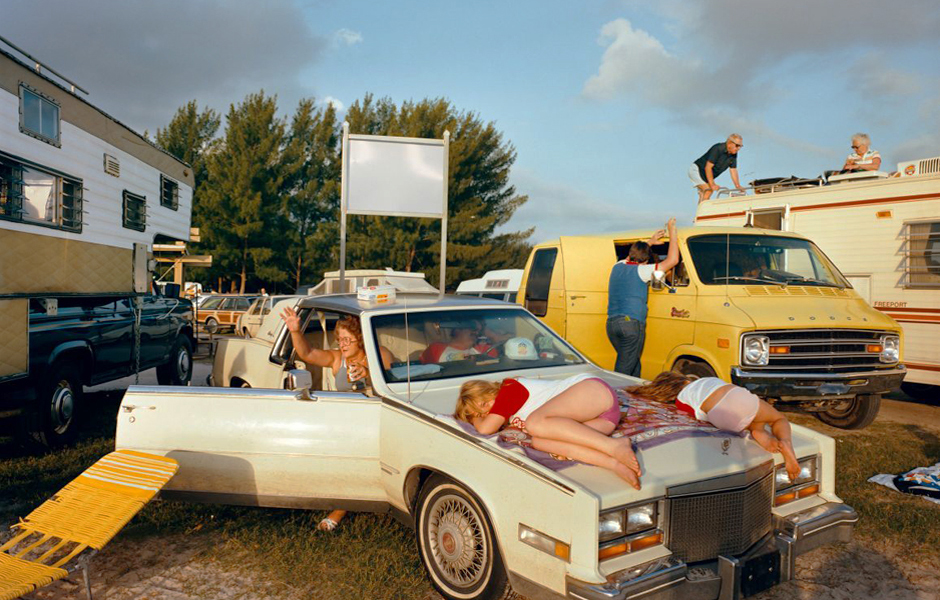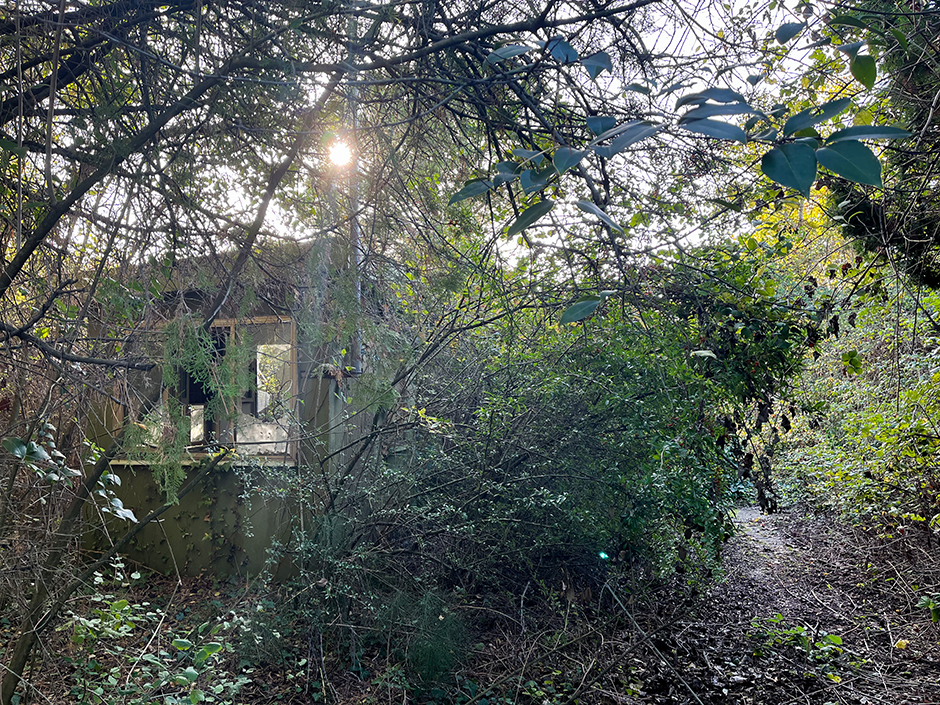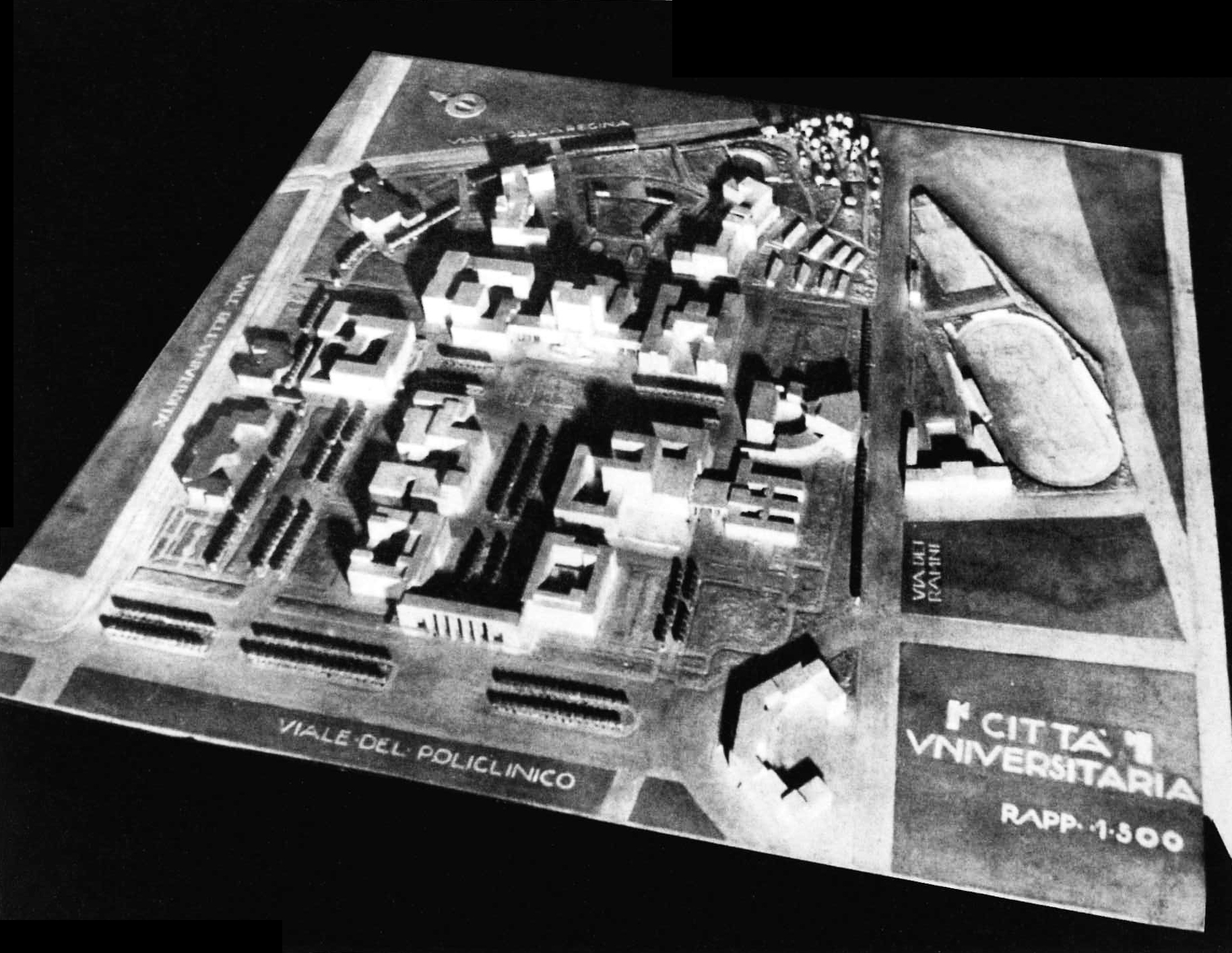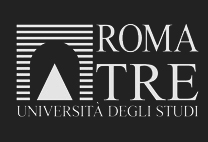PATRIMONIO IMMOBILIARE – INNOVAZIONI PER LA RIGENERAZIONE URBANA
Usi temporanei per la Rigenerazione Urbana – Necessità di processi innovativi anche per la Capitale
di Floriana D’Urso
Il riutilizzo del patrimonio edilizio dismesso e degradato è un’esigenza avvertita da gran parte delle città Italiane ed in primis da Roma Capitale.
Oggi, gli Enti Locali hanno la possibilità di intervenire attraverso una strumentazione rapida ed efficace grazie all’introduzione di una specifica disposizione statale (art. 23 quater DPR 380/01) sugli “utilizzi temporanei” di compendi immobiliari, anche in deroga allo strumento urbanistico vigente, purché rispondenti ad un rilevante interesse di carattere pubblico o generale.
The reuse of disused and degraded buildings is a need felt by most of the Italian cities and firstly by Rome Capital
Today, Local Authorities have the opportunity to operate through a fast and effective urban procedure thanks to introduction of a specific national regulation (Article 23 quater of DPR 380/01) about the “temporary application” of real estate compendiums, also notwithstanding to urban current disposal, as long as it save a relevant public or general interest.
Floriana D’Urso, laureata in Giurisprudenza, abilitata all’esercizio della professione di Avvocato.
Dal 2001 è Funzionario Amministrativo presso il Dipartimento Programmazione e Attuazione Urbanistica di Roma Capitale, titolare dal 2007, di Posizione Organizzativa con responsabilità organizzativa e gestionale di specifici Servizi (ed attualmente del Servizio Coordinamento Amministrativo della Direzione Trasformazione Urbana), acquisendo specifiche competenze in tema di procedure urbanistiche, anche attraverso il conseguimento del Master “Urbam”, presso la facoltà di Architettura della Sapienza.

